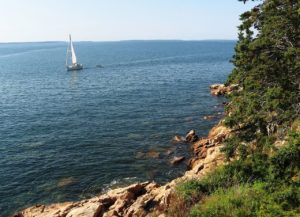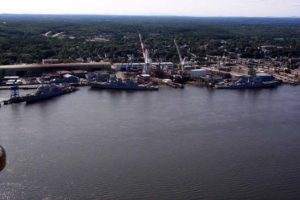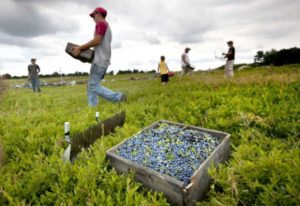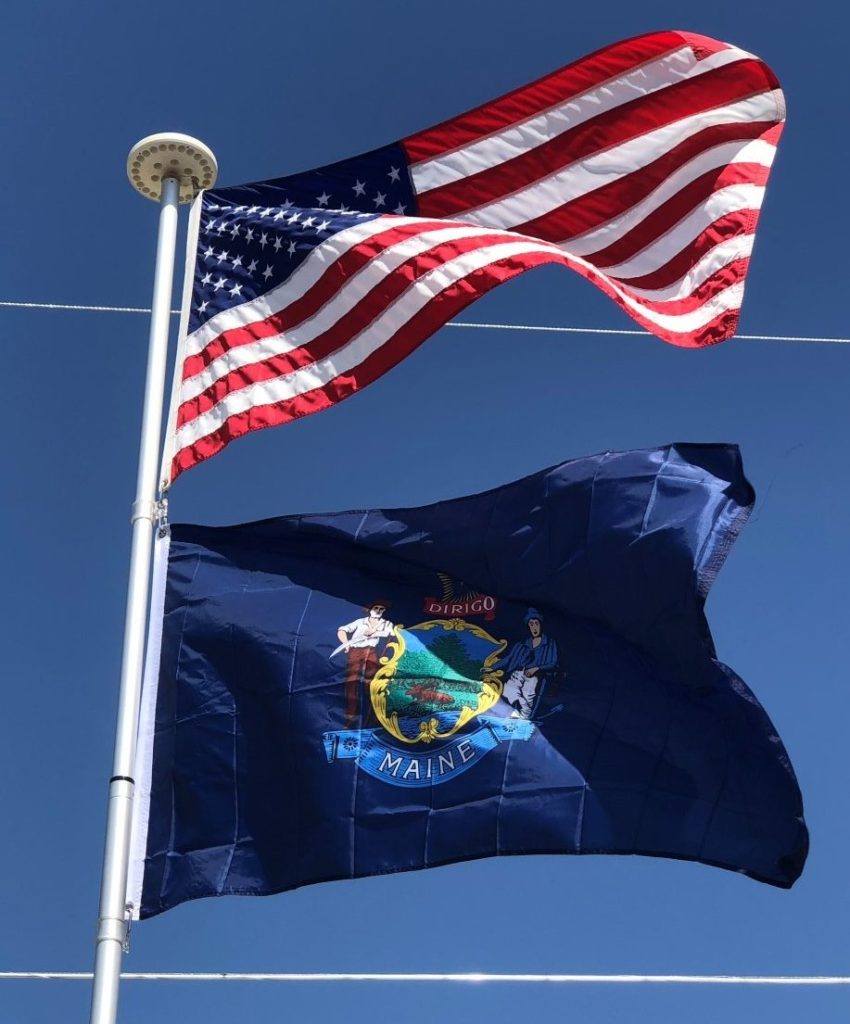
Maine is the least densely populated U.S. state east of the Mississippi River. It is called the Pine Tree State; about 83% of its land is forested, the most forest cover of any U.S. state. In the forested areas of the interior lies much uninhabited land, some of which does not have formal political organization into local units. The Northwest Aroostook, Maine unorganized territory in the northern part of the state, for example, has an area of 2,668 square miles and a population of 10, or one person for every 267 square miles.
Maine is in the temperate broadleaf and mixed forests biome. The land near the southern and central Atlantic coast is covered by the mixed oaks of the Northeastern coastal forests. The remainder of the state, including the North Woods, is covered by the New England-Acadian forests.
Maine has almost 230 miles of coastlin. Along the famous rock-bound coast of Maine are lighthouses, beaches, fishing villages, and thousands of offshore islands. There are jagged rocks and cliffs and many bays and inlets. Inland are lakes, rivers, forests, and mountains.

Acadia National Park is the only national park in New England.
Economy:
Maine’s agricultural outputs include poultry, eggs, dairy products, cattle, wild blueberries, apples, maple syrup, and maple sugar. Aroostook County is known for its potato crops. Commercial fishing, once a mainstay of the state’s economy, maintains a presence, particularly lobstering and groundfishing. Western Maine aquifers and springs are a major source of bottled water.
Maine’s industrial outputs consist chiefly of paper, lumber and wood products, electronic equipment, leather products, food products, textiles, and bio-technology. Naval shipbuilding and construction remain key as well, with Bath Iron Works in Bath and Portsmouth Naval Shipyard in Kittery.

Maine is the number one US producer of low-bush blueberries, Vaccinium angustifolium. Preliminary data from the USDA for 2012 also indicate Maine was the largest blueberry producer of the major blueberry producing states in the US, with 91,100,000 lbs. This data includes both low (wild), and high-bush (cultivated) blueberries: Vaccinium corymbosum.

Tourism and outdoor recreation play a major and increasingly important role in Maine’s economy. The state is a popular destination for sport hunting; particularly deer, moose and bear; sport fishing, snowmobiling, skiing, boating, camping, and hiking among other activities.
Maine has very few large companies that maintain headquarters in the state, and that number has fallen due to consolidations and mergers, particularly in the pulp and paper industry. Some of the larger companies that do maintain headquarters in Maine include Fairchild Semiconductor in South Portland; IDEXX Laboratories, in Westbrook; Hannaford Bros. Co. in Scarborough; Unum in Portland; TD Bank in Portland; L.L.Bean in Freeport; and Cole Haan in Yarmouth. Maine is also the home of The Jackson Laboratory, the world’s largest non-profit mammalian genetic research facility and the world’s largest supplier of genetically purebred mice.
Transportation:
Airports:
Maine receives passenger jet service at its two largest airports, the Portland International Jetport in Portland, and the Bangor International Airport in Bangor. Both are served daily by many major airlines to destinations such as New York, Atlanta, and Orlando. Essential Air Service also subsidizes service to a number of smaller airports in Maine. Many smaller airports are scattered throughout Maine, only serving general aviation traffic.
